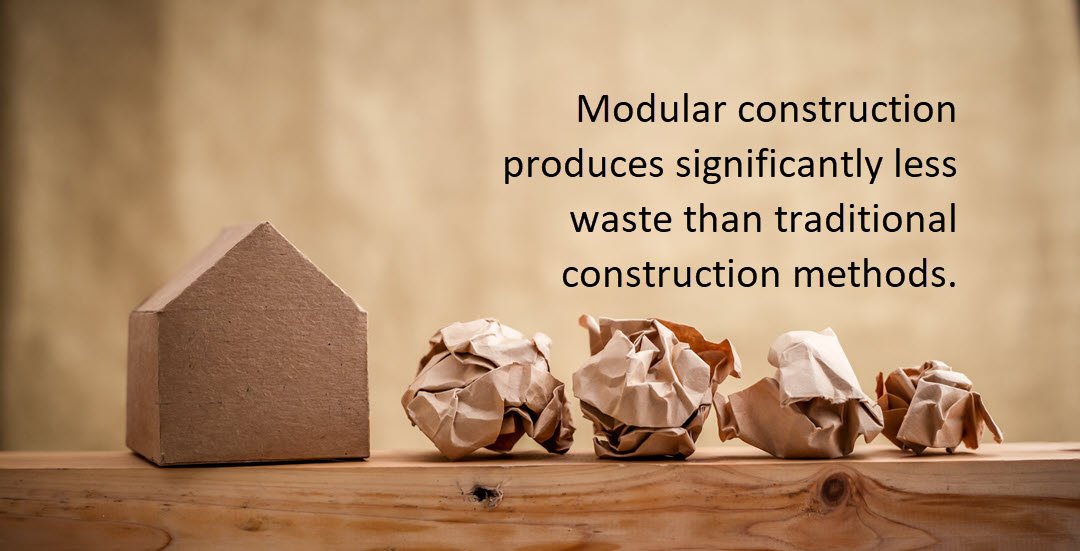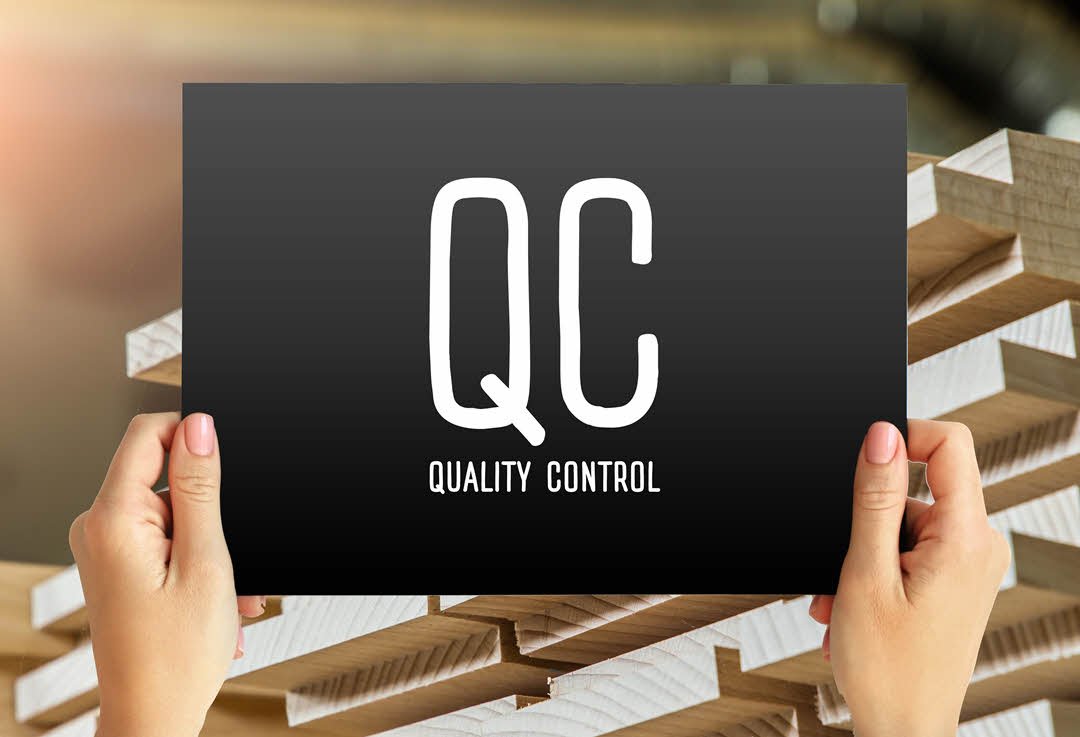With a modular log home, you can choose from various options and combine them to create a home that best fits your needs.

Modular homes are very popular—and for a good reason. Modular home-building projects are more affordable. Moreover, modular home building projects take 30 to 50% less time than traditional structures. Plus, they’re better for the environment and make an excellent choice for those living in remote regions.
These benefits extend to a particular type of modular home, namely a modular log home.
Log homes are popular among buyers who want a home in a woodland or remote setting. They provide an attractive, cozy look while also being relatively affordable. The modular approach is desirable as the house is built in a factory. The home is more robust and less likely to suffer damage from weather conditions.
But modular homes give the home buyer many design options. You can opt for a ground-level home with a spacious kitchen, a loft, and a large mud room. You can design a “sky-level” house with a deck for outdoor relaxation and views. A modular approach works exceptionally well if you need a garage or workshop.
The variety of options available to you is one of the best things about modular homes. No matter your budget, location, or style, you can find a modular home that is perfect for you.
The modular approach for a log cabin takes advantage of the advantages of modular construction. A modular log cabin will be pre-built in a factory, brought to your home, and placed on your foundation. With a modular approach, there will be fewer delays due to bad weather as the weather will not affect the construction of the log home as the home is built in a factory.
The log home building materials are exceptionally durable.
Modular homes, whether traditional in style or log home style, come in various configurations, including:
- Ranch
- Cape Cod
- Two-story
- Duplex
- Modern
- French Country
Each builder may quote different services for their base and turn-key finished homes.
Manufacturers build 90 percent of modular homes in a factory within 1 to 2 months, then deliver it in modules to the site. Contractors prepare the land, assemble the sections onto a foundation, and hook up the utilities to complete the project.
How does a modular home differ from a mobile home? Most importantly, is it worth the money?
What Is a Modular Home?
Modular homes are built in climate-controlled areas and transported to the buyer’s location. At the home site, they are assembled on a premade foundation. The initial structure consists of several modules that can be joined in various styles and configurations.
Depending on the design and manufacturer, your new home could be ready in about two weeks. The more complex your project, the longer it takes to complete it. Generally, modular homes require minimal assembly.
These structures are equal or superior in quality to site-built homes and meet the standards set by the IRC (International Residential Code). Once assembled, they can be connected to utilities and fitted with flooring, air conditioning, lighting systems, etc.
Note that modular homes are not the same as mobile homes. The latter are installed on steel trainers with wheels attached.
Here are six key advantages of modular homes.
Faster Move-In
Modular construction can reduce the time to build a new home by up to 50%, according to many manufacturers. Since the construction process takes place indoors, there are no delays due to rain or snow. Construction within the factory is year-round, and a modular home factory will also have in-process quality control inspections. Modular construction adheres to the highest standards for quality control and complete compliance with local, state, and national building codes.
Once the modules are being built, modular home quality control specialists and third-party inspectors rigorously inspect for quality control at each stage of construction.
Depending on the manufacturer, you could move into your new home in as little as two months. If you opt for a tiny house, the construction process could take less than a month to complete.
Less Waste
Construction and demolition materials generated about 600 million tons of debris in 2018. Modular construction produces significantly less waste than traditional construction methods.
The materials used for modular homes are stored in factories. The materials are protected from the elements.
Also, note that many modular homes built nowadays are energy-efficient. Higher energy efficiency will further contribute to your efforts to protect the environment. Your utility bills will be lower, too.

Reduced Construction Costs
Modular homes are much cheaper to build than conventional houses.
First, this business model reduces or eliminates the need for subcontractors. Second, prefab homes are faster to build, which may minimize site overhead and construction management costs.
Most manufacturers use standardized, automated processes to build such structures. This factor alone results in cost savings. Plus, module assembly requires a lower-skilled labor force, which can further bring the costs down.
The other thing to consider when it comes to price is the location of your home. Custom homes are more expensive in areas with a higher cost of living. A factory-built home may be even better value in these higher-cost-of-living areas.
Excellent Design Customization and Flexibility
Modular homes offer significant flexibility in terms of design even though built in a factory. Most construction firms employ engineers and architects who use modular-home-specific software to craft a design that meets your needs.
Depending on your preferences, you can opt for special stair modules, partially open-sided modules, four-sided modules, and everything in between.
Manufacturers can build traditional-styled modular homes, multi-family homes, colonial-style homes, and more. For example, if you want a holiday home in a woodland setting, ask the manufacturer to use natural log siding for a rustic feel.
Increased Durability
These structures meet the highest quality and safety standards set by regulatory bodies. They are resistant to damp, cold, and strong winds.
The modules that make up prefab homes are designed to withstand travel requirements. Therefore, they tend to be more durable than traditional construction materials. Prefab cabins, for example, can easily withstand heavy rain and storms. Also, the construction process isn’t interrupted by snow or rain.
Moreover, the in-factory, modular process allows for better control over every process step.

Ideal for Remote Locations
Modular construction is a popular choice among those living in remote locations. It can also be a good fit for anyone looking to have a holiday home in the wild.

If you live in a remote area, finding contractors willing to spend months at your location can be difficult. With a modular home, you don’t have to worry about these issues. You can reach out to a construction firm miles away or even in a different state and have your home built in one central location.
Modular Homes Are a Smart Investment
Modular homes can be just as beautiful and durable as traditional houses. Plus, they have a lower price tag and offer greater flexibility in terms of design. These structures are inspected at every step of the construction process, which ensures their quality and safety.
All in all, prefab homes are a wise investment. You just need to find a reliable builder who doesn’t compromise on quality. Reach out to our team for more information on modular homes for sale, pre-built cabins, and tiny homes!
You may be interested in the fine selection of Modular Log Homes at The Carriage Shed.
